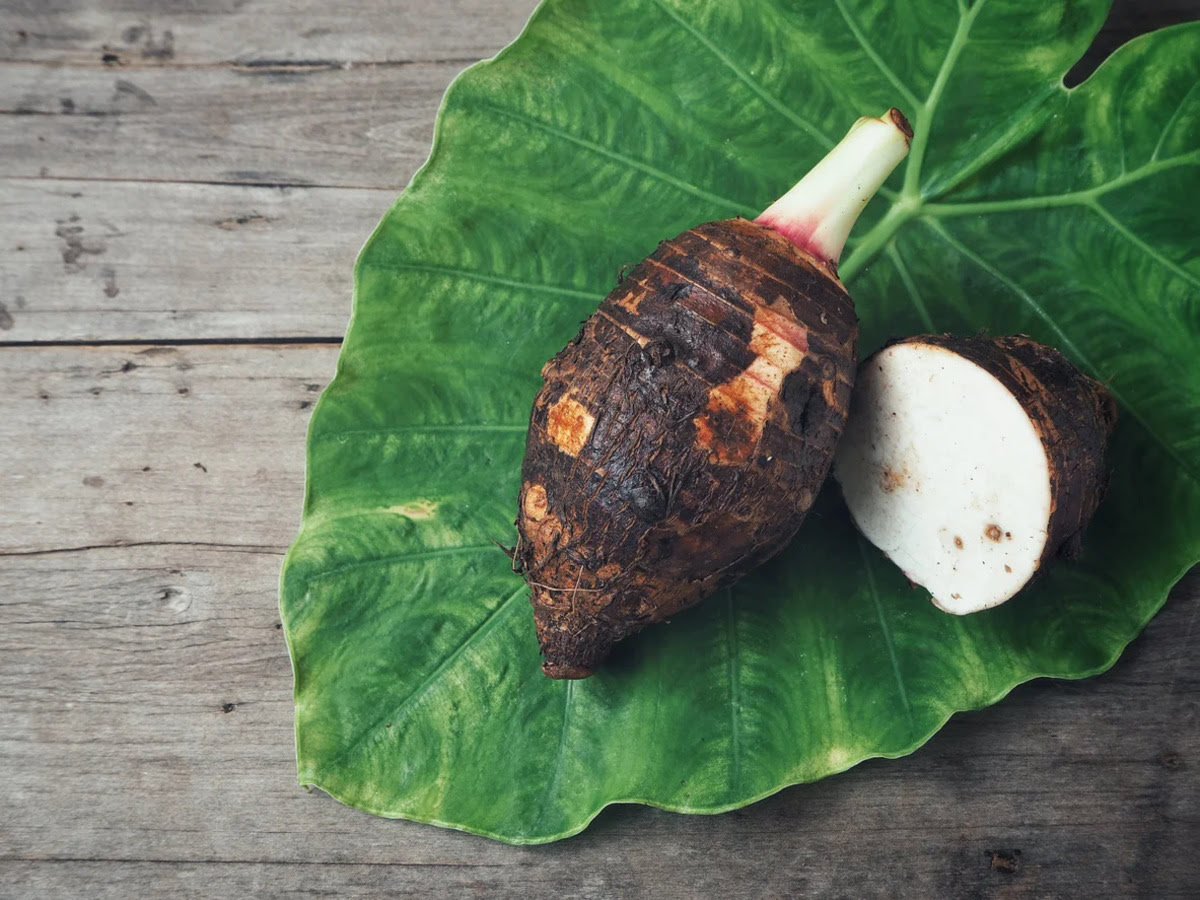

Articles
How To Store Elephant Ear Bulbs For Winter
Modified: August 31, 2024
Learn how to store elephant ear bulbs for winter in this informative article. Follow these steps to ensure the bulbs remain healthy and ready for planting in the spring.
(Many of the links in this article redirect to a specific reviewed product. Your purchase of these products through affiliate links helps to generate commission for Storables.com, at no extra cost. Learn more)
Introduction
The vibrant and majestic Elephant Ear plant (Colocasia) is a tropical and subtropical beauty that adds a dramatic touch to any garden or landscape. Its large, heart-shaped leaves and towering height make it a favorite among garden enthusiasts. However, one challenge that comes with growing Elephant Ear plants is their sensitivity to cold temperatures. As winter approaches, it is necessary to take appropriate steps to protect the Elephant Ear bulbs from frost damage and ensure their survival for the next growing season.
Properly storing Elephant Ear bulbs during winter will not only help protect these precious plants but also save you the effort and expense of replanting them in the spring. In this article, we will guide you on how to store Elephant Ear bulbs effectively to ensure their successful growth and vibrant beauty year after year.
Key Takeaways:
- Properly storing Elephant Ear bulbs during winter is crucial for their survival and regrowth. Understanding the nature of the bulbs, choosing the right storage location, and regular monitoring are essential steps for ensuring their health and vitality.
- Whether stored in containers or in the ground, Elephant Ear bulbs require careful attention during their dormant phase. Monitoring moisture levels, pest control, and rejuvenation practices contribute to their successful winter survival and vibrant growth in the spring.
Read more: How To Store Elephant Ears
Understanding Elephant Ear Bulbs
Before we dive into the process of storing Elephant Ear bulbs, it is important to understand what they are and how they contribute to the plant’s growth. The Elephant Ear bulb serves as the plant’s storage organ, storing nutrients and energy that will support its growth during the dormant period.
Elephant Ear bulbs are technically considered corms, which are a swollen underground stem. These corms give rise to the plant’s leaves and roots. They have a protective outer layer, known as a tunic, that helps to keep them intact and healthy. Inside the bulb, there are dormant buds called meristems which will eventually sprout new foliage when the conditions are right.
It is essential to handle Elephant Ear bulbs with care to ensure their long-term viability. Rough handling or damage to the bulb can result in rot or other issues that may affect the plant’s health. When digging up the bulbs or handling them for storage, be gentle to avoid any damage that could compromise their ability to grow in the future.
Now that we have a basic understanding of Elephant Ear bulbs, let’s move on to the best time to dig them up and start the storage process.
Best Time to Dig Up Elephant Ear Bulbs
The timing for digging up Elephant Ear bulbs depends on your geographical location and climate. In temperate regions where winter temperatures drop below freezing, it is imperative to dig up the bulbs before the first frost. This typically occurs in late fall or early winter.
Before digging up your Elephant Ear bulbs, it is essential to wait for the foliage to naturally die back. As the plant prepares for dormancy, the leaves will turn yellow and begin to wither. This is an indication that the plant is no longer actively growing, and the bulb is ready for storage.
It’s important to note that leaving the bulbs in the ground during freezing temperatures can result in damage or even death of the plant. By digging up the bulbs and storing them properly, you are giving them the best chance of survival and ensuring their regrowth in the following spring.
If you live in a region with mild winters, where the ground rarely freezes, you may choose to leave the bulbs in the ground. However, it is still recommended to dig them up every few years to divide and rejuvenate the bulbs.
Now that you know the best time to dig up Elephant Ear bulbs, let’s move on to the next step: preparing the bulbs for storage.
Preparing Elephant Ear Bulbs for Storage
Properly preparing Elephant Ear bulbs for winter storage is crucial to their long-term viability. Follow these steps to ensure your bulbs remain healthy and ready for planting in the next growing season:
- Trimming: Start by trimming off any remaining foliage from the bulbs. Use clean and sharp pruning shears to remove the leaves close to the bulb, leaving only a short stub. This prevents any rotting or fungal growth that can occur on decaying foliage during storage.
- Drying: Allow the bulbs to dry naturally for a few days. Place them in a warm and well-ventilated area, away from direct sunlight. The drying process helps remove excess moisture from the bulbs, reducing the risk of rot.
- Inspecting: Take this opportunity to inspect the bulbs for any signs of damage or disease. Discard any bulbs that appear soft, mushy, or show signs of rot. These bulbs could infect the healthy ones during storage.
- Treating: To further protect the bulbs from rot and disease, consider applying a fungicide or a dusting of sulfur powder. These treatments can help inhibit fungal growth and prevent any potential issues from developing during storage.
Following these steps will ensure your Elephant Ear bulbs are in the best condition for winter storage. The next step is to choose the ideal storage location.
Cleaning and Drying Elephant Ear Bulbs
Before storing Elephant Ear bulbs for the winter, it is crucial to clean and dry them properly. Cleaning the bulbs removes any soil or debris that may harbor pests or diseases, while drying them reduces the risk of rot during storage. Follow these steps to clean and dry your Elephant Ear bulbs:
- Remove Soil: Gently brush off excess soil from the bulbs using a soft brush or your hands. Be careful not to damage the bulb’s outer layer or any visible roots.
- Rinse: To remove any remaining dirt, you can rinse the bulbs with a gentle stream of water. Avoid using harsh chemicals or strong water pressure as this can damage or disrupt the bulb’s protective layer.
- Inspect: While cleaning, inspect the bulbs for any signs of damage, rot, or pest infestations. Remove any soft or damaged areas using a clean, sharp knife or pruning shears and discard them to prevent the spread of disease.
- Drying: After cleaning, place the bulbs in a well-ventilated area to dry. Allow them to air dry naturally for a few days until the bulb’s surface feels dry to the touch. This will help prevent moisture retention and reduce the risk of rot during storage.
It is important to note that excessive moisture can lead to rot, so it’s crucial to ensure thorough drying before storing the bulbs. Additionally, avoid direct sunlight during the drying process, as it can cause damage to the bulbs.
Cleaning and drying Elephant Ear bulbs not only helps maintain their health during storage but also allows for easy inspection and identification of any underlying issues. Once the bulbs are clean and dry, it’s time to choose an appropriate storage location.
Choosing the Right Storage Location
When it comes to storing Elephant Ear bulbs for the winter, selecting the proper storage location is essential for their long-term survival. Here are some factors to consider when choosing the right storage location:
- Temperature: Elephant Ear bulbs require a cool and dry environment during storage. The ideal temperature for storing these bulbs is between 50°F (10°C) and 60°F (15°C). Avoid storing them in areas that experience extreme temperature fluctuations or where the temperature consistently exceeds 70°F (21°C).
- Humidity: High humidity can cause bulbs to rot, so it’s important to choose a storage location with low humidity. Aim for an area with humidity levels below 70%, preferably around 50-60%.
- Darkness: Elephant Ear bulbs require darkness during storage. Exposure to light can lead to premature sprouting, resulting in weak and leggy growth. Store the bulbs in a location that is shielded from direct sunlight and artificial light sources.
- Ventilation: Adequate air circulation is crucial to prevent the buildup of moisture and the growth of mold or fungus. Choose a storage area with good ventilation to ensure the bulbs receive fresh air.
- Pest-Free: Ensure that the storage location is free from pests such as rodents or insects that may damage or eat the bulbs. Regularly inspect the storage area to avoid any infestations.
Based on these factors, suitable storage locations for Elephant Ear bulbs can include a basement, garage, or a cool, dark closet. Consider using breathable containers or paper bags to store the bulbs, allowing for air circulation while also protecting them from moisture and pests.
By selecting the right storage location, you can provide optimal conditions for the bulbs during their dormant period, increasing their chances of thriving when the next growing season arrives.
After the first frost, carefully dig up the elephant ear bulbs and remove excess soil. Allow them to air dry for a few days, then store in a cool, dry place for the winter. Check on them periodically to ensure they are not rotting.
Storing Elephant Ear Bulbs in Containers
Storing Elephant Ear bulbs in containers is a convenient and effective method to keep them safe during the winter months. Follow these steps to store your Elephant Ear bulbs in containers:
- Select Suitable Containers: Choose containers that are breathable, such as mesh bags or paper bags, to allow for proper air circulation. Avoid using airtight plastic bags or containers, as they can trap moisture and lead to rot.
- Add a Suitable Storage Medium: Place a layer of a suitable storage medium at the bottom of the container. You can use dry peat moss, vermiculite, or dry wood shavings to provide insulation and absorb any excess moisture.
- Place the Bulbs: Arrange the Elephant Ear bulbs in a single layer on top of the storage medium in the container. Make sure they are not touching each other to prevent the spread of any potential disease.
- Add More Storage Medium: Once the bulbs are in place, cover them with more of the chosen storage medium, making sure they are completely surrounded but not buried too deeply. The medium will provide insulation and help maintain a stable environment for the bulbs.
- Label and Store: Label the container with the variety and date of storage for easy identification. Place the containers in a cool, dark, and well-ventilated area, such as a basement or garage, where the temperature and humidity levels are suitable for bulb storage.
Throughout the winter months, periodically check on the bulbs to ensure they are in good condition. If any bulbs show signs of rot or disease, remove them immediately to prevent further spread to the rest of the bulbs.
Storing Elephant Ear bulbs in containers provides a controlled environment that helps prevent moisture buildup and protects them from pests and diseases. When spring arrives, you can retrieve the bulbs from storage and prepare them for planting.
Storing Elephant Ear Bulbs in the Ground
If you live in a region with mild winters, where the ground rarely freezes, you may choose to store your Elephant Ear bulbs directly in the ground. This method can be convenient and effective, as it allows the bulbs to remain in their natural habitat while providing some protection from freezing temperatures. Follow these steps to store your Elephant Ear bulbs in the ground:
- Choose an Appropriate Location: Select a well-draining area in your garden where the bulbs will be protected from excessive moisture and harsh winter winds. Avoid areas prone to waterlogging or where the bulbs may get damaged by heavy foot traffic or machinery.
- Prepare the Bulbs: Trim off any remaining foliage, leaving only a short stub. Gently remove any excess soil from the bulbs, taking care not to damage the outer layer or the roots.
- Dig a Trench: Dig a shallow trench in the chosen location, ensuring it is deep enough to accommodate the bulbs. The depth should be around 6 to 8 inches (15 to 20 cm).
- Place the Bulbs: Lay the trimmed bulbs in the trench, spacing them out to provide enough room for growth. Make sure the bulbs are not touching each other.
- Cover the Bulbs: Gently cover the bulbs with soil, ensuring they are completely buried. The soil should provide insulation and protect the bulbs from freezing temperatures.
- Mark the Location: Mark the location where you have stored the bulbs, either with a garden stake or a marker, to easily identify and locate them in the spring.
By storing the Elephant Ear bulbs in the ground, they will benefit from the natural insulation provided by the soil, which helps regulate the temperature and moisture levels. However, it is still important to periodically check on the bulbs during the winter months and provide any necessary protection from extreme weather conditions or excessive moisture.
In the spring, when the weather starts to warm up, you can uncover the bulbs and prepare them for the growing season.
Monitoring and Caring for Stored Elephant Ear Bulbs
While Elephant Ear bulbs are in storage, it’s important to monitor and care for them to ensure their health and viability. Here are some key steps to follow:
- Regular Inspections: Check on the stored bulbs periodically during the winter months. Inspect them for any signs of rot, disease, or pest infestations. Remove any affected bulbs immediately to prevent further damage or spread to the rest of the collection.
- Moisture Control: Monitor the moisture levels in the storage area. Avoid over-watering, as excess moisture can lead to bulb rot. Similarly, ensure that the storage medium or soil in which the bulbs are stored doesn’t dry out completely. Maintain a balance by periodically checking the moisture levels and making adjustments as needed.
- Avoid Extreme Temperatures: Ensure the storage location remains within the recommended temperature range of 50°F (10°C) to 60°F (15°C). Protect the bulbs from extreme cold or heat, as drastic temperature fluctuations can negatively impact their health and viability.
- Pest Management: Keep an eye out for any signs of pests in the storage area. Rodents, insects, and other pests can cause damage to the stored bulbs. If an infestation is detected, take appropriate measures to eliminate the pests and protect the bulbs.
- Rejuvenation: If you notice any bulbs showing signs of aging or decline, consider dividing and rejuvenating them during the storage period. Gently remove the bulb from storage, separate any offsets or new bulb growth, and replant them in fresh soil. This process helps promote healthier growth when they are planted in the spring.
By regularly monitoring and caring for the stored Elephant Ear bulbs, you can ensure their well-being and increase the likelihood of successful growth once planting season arrives.
With the proper care and attention, your Elephant Ear bulbs will emerge from storage ready to flourish and provide beauty to your garden once again.
Planting Elephant Ear Bulbs in Spring
As winter comes to an end and the frosty days are behind us, it’s time to prepare for the exciting task of planting Elephant Ear bulbs in the spring. Follow these steps to ensure a successful planting and vibrant growth of your Elephant Ear plants:
- Choose the Right Timing: Wait until the danger of frost has passed and the soil has warmed up before planting your Elephant Ear bulbs. This is typically in the late spring when temperatures have consistently reached above 60°F (15°C).
- Prepare the Soil: Prepare the planting area by loosening the soil and removing any weeds or debris. Elephant Ear plants prefer well-draining soil enriched with organic matter, so consider incorporating compost or well-rotted manure into the soil.
- Planting Depth: Dig a hole for each bulb, ensuring it is deep enough to accommodate the bulb with its top sitting just above the soil surface. The general rule of thumb is to plant the bulbs roughly 2-4 inches (5-10 cm) deep.
- Spacing: Space the bulbs according to the mature size of the specific Elephant Ear variety you are planting. This information can usually be found on the plant’s label or in the plant’s description. Allow enough room for the leaves to spread and grow to their full potential.
- Positioning: Place the bulbs with the pointed end facing upwards and the flat or rounded end (where the roots emerge) facing downwards. This will ensure proper growth and development of the plant.
- Backfill and Water: Gently backfill the hole with soil, ensuring the bulb is well-covered but not buried too deeply. Lightly press down the soil and water the area thoroughly to settle the soil and provide moisture for the newly planted bulbs.
- Maintenance: Keep the soil consistently moist but not waterlogged during the early stages of growth. As the Elephant Ear plants grow, they will typically require regular watering, especially during dry spells, to keep the soil evenly moist.
Remember to place your Elephant Ear plants in a location that receives partial shade or filtered sunlight, as they generally prefer bright but indirect light. This will help prevent scorching of the leaves and promote healthy growth.
Throughout the growing season, consider applying a balanced fertilizer to promote lush foliage and vibrant color. Follow the instructions on the fertilizer package for application rates and frequency.
With proper planting and ongoing care, your Elephant Ear bulbs will transform into stunning plants that add a tropical flair to your garden.
Conclusion
Growing Elephant Ear plants can bring a touch of exotic beauty to your garden or landscape. With their large, vibrant leaves and striking presence, these plants are a favorite among garden enthusiasts. However, their sensitivity to cold temperatures requires special care and attention during the winter months. By following the proper steps for storing Elephant Ear bulbs, you can ensure their survival and enjoy their beauty year after year.
Understanding the nature of Elephant Ear bulbs is crucial in implementing the right storage techniques. These underground storage organs store nutrients and energy, supporting the plant’s growth during its dormant period. Choosing the right time to dig up the bulbs, preparing them for storage, and selecting an appropriate storage location are initial steps that set the foundation for their successful winter survival.
Whether you choose to store Elephant Ear bulbs in containers or in the ground, monitoring and caring for them during their storage period is essential. Regular inspections to spot any signs of rot, monitoring moisture levels, pest control measures, and rejuvenation practices all contribute to maintaining the health and vitality of the bulbs during their dormant phase.
Finally, when the frosty days of winter are over, it’s time to plant your Elephant Ear bulbs in the spring. Choose the right timing, prepare the soil, ensure proper planting depth and spacing, and provide adequate water and care as the plants grow.
By adhering to the guidelines outlined in this article, you’ll not only protect your precious Elephant Ear bulbs but also ensure they thrive and bring their stunning tropical beauty to your garden each year. Embrace the opportunity to cultivate these majestic plants and create an enchanting sanctuary of greenery in your outdoor space.
Remember, gardening is a journey that involves trial and error, learning from experience, and adapting to different conditions. Enjoy the process, explore more about gardening, and let the beauty of Elephant Ear plants inspire your love for nature and the joys of tending to a thriving garden.
After mastering the art of storing elephant ear bulbs for winter, why not tackle another common cold season challenge? If you're worried about keeping unwanted guests out of your recreational vehicle, our next guide on winter storage solutions is just what you need. Learn effective strategies to ensure mice stay clear of your camper during the colder months, keeping everything pristine for your next adventure.
Frequently Asked Questions about How To Store Elephant Ear Bulbs For Winter
Was this page helpful?
At Storables.com, we guarantee accurate and reliable information. Our content, validated by Expert Board Contributors, is crafted following stringent Editorial Policies. We're committed to providing you with well-researched, expert-backed insights for all your informational needs.
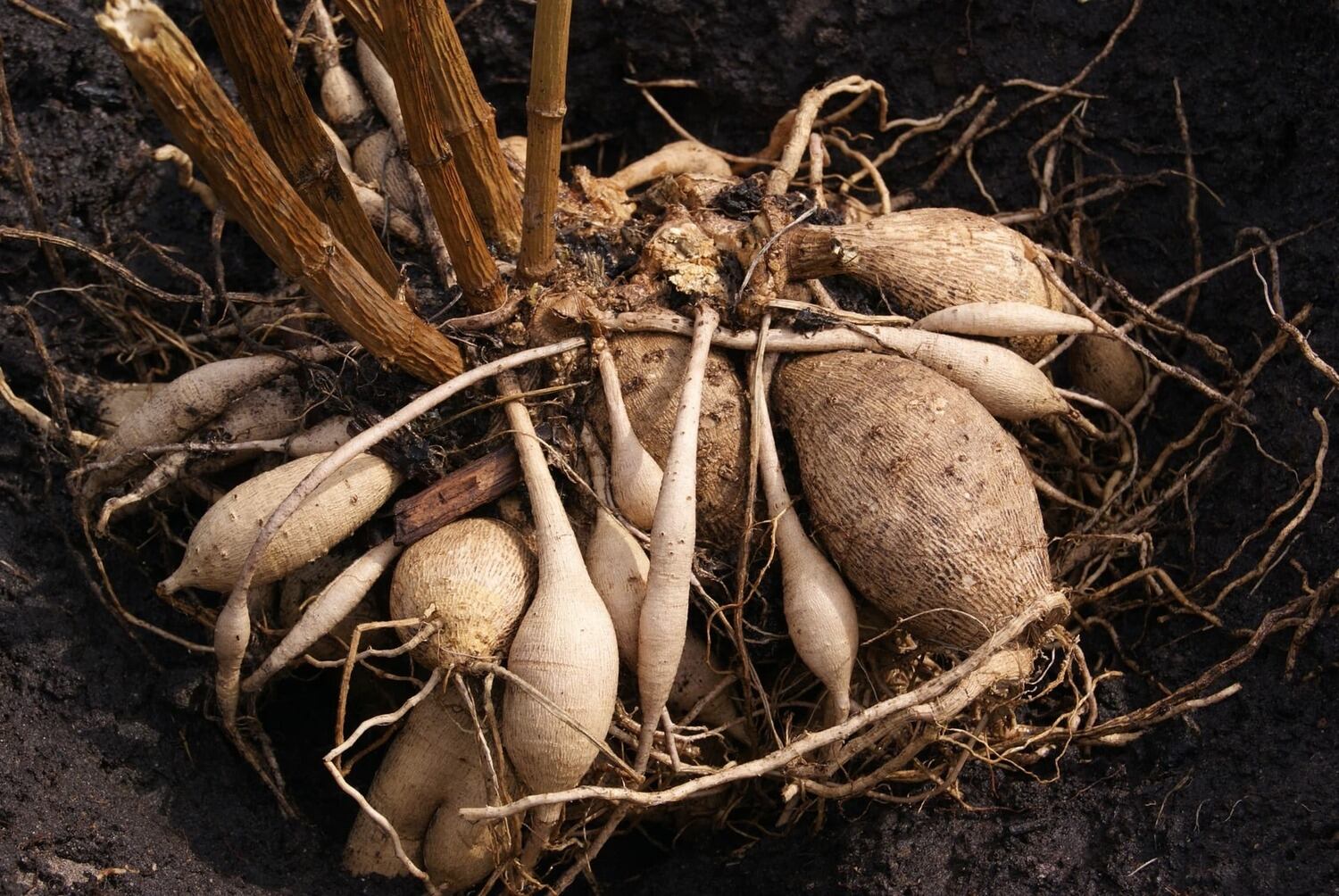
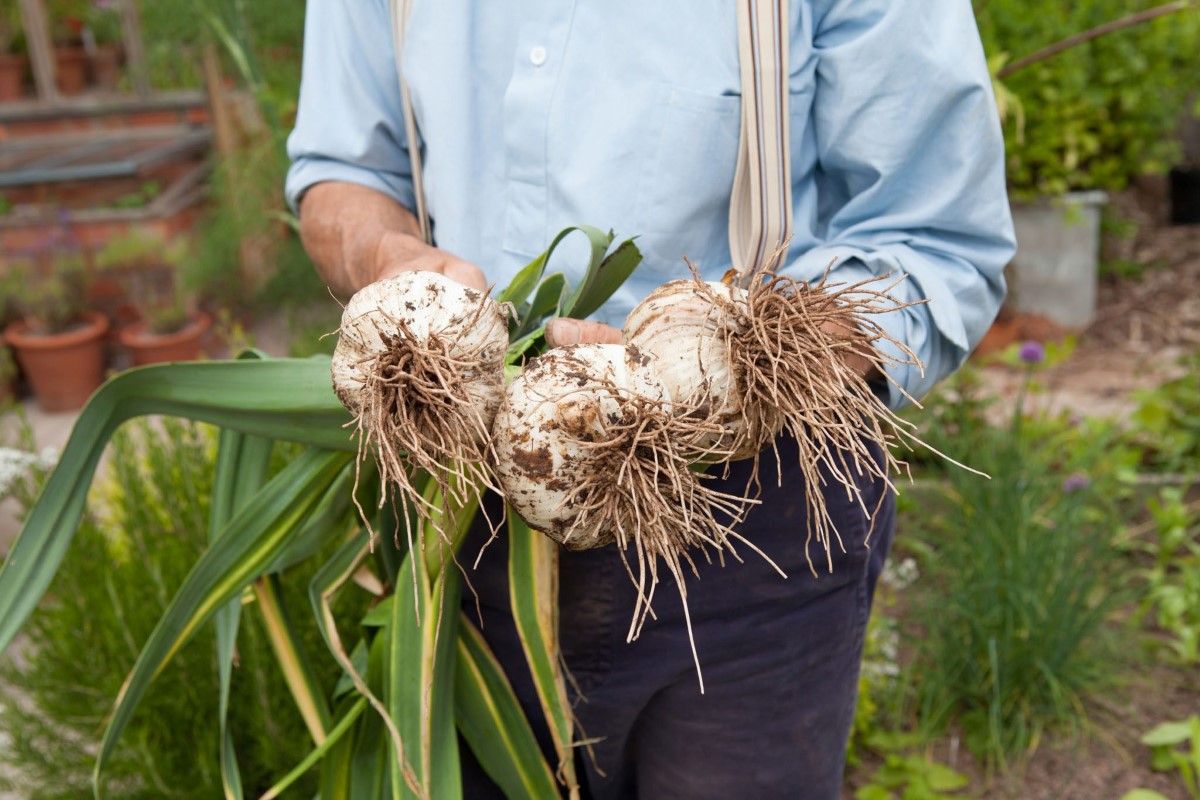
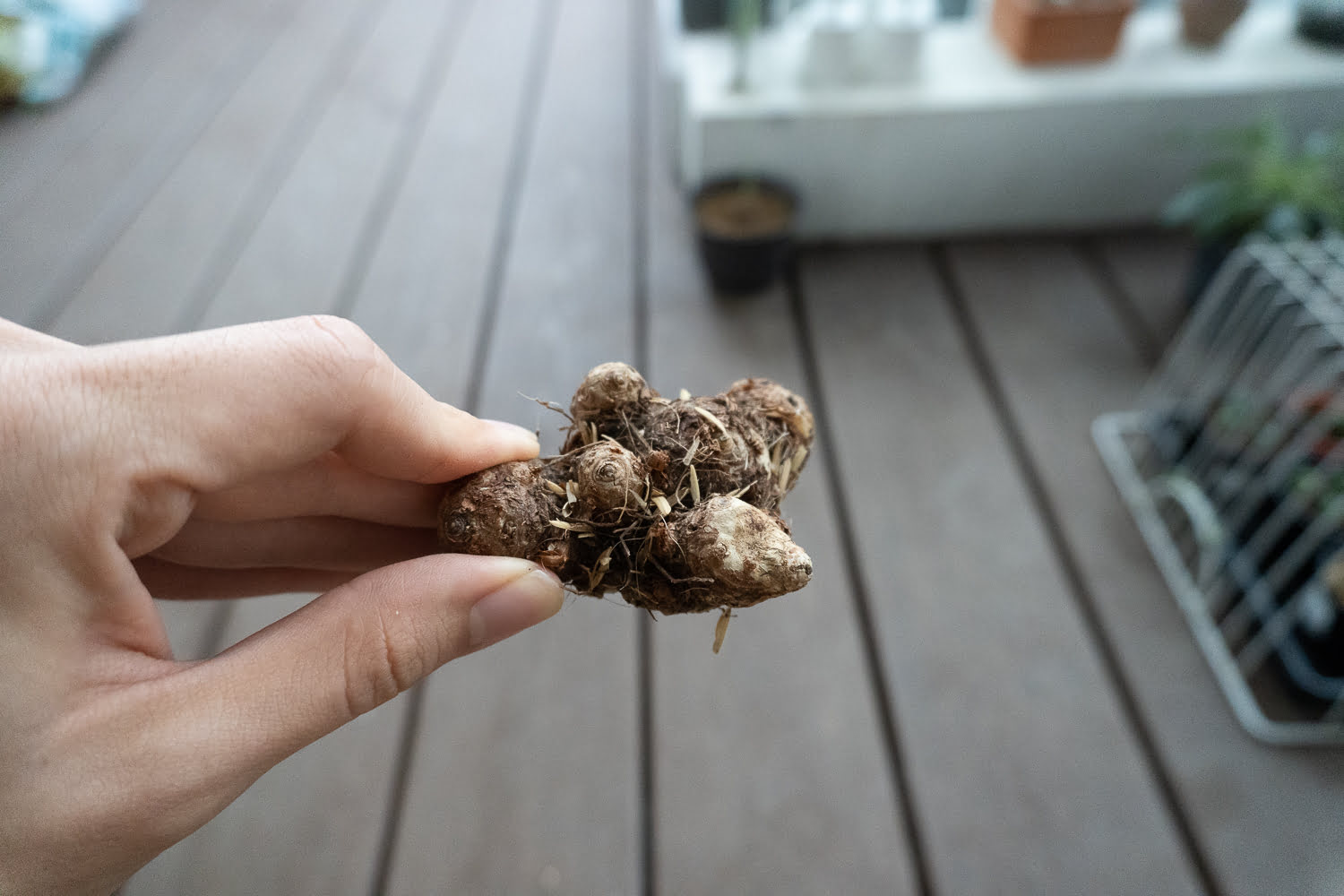
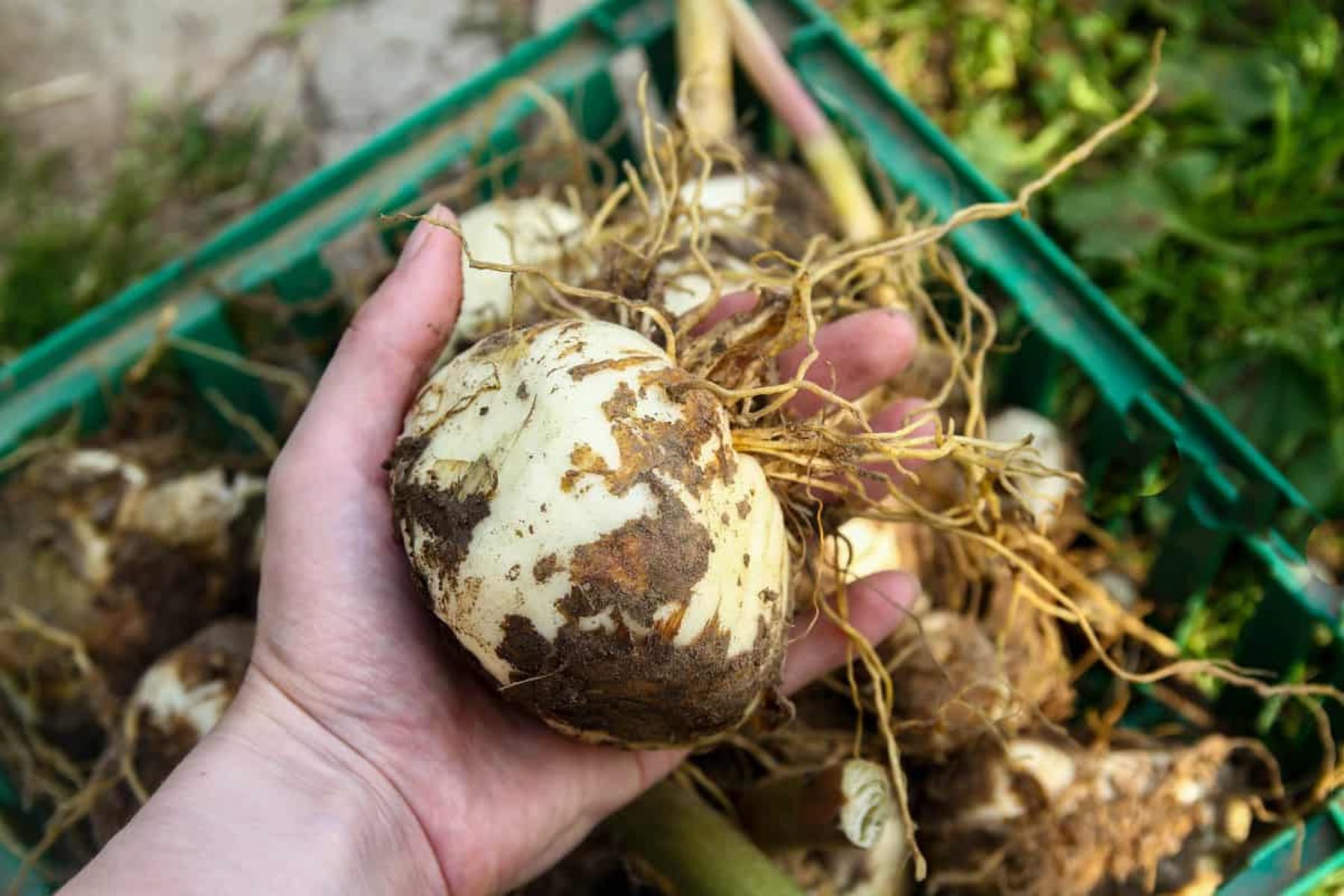
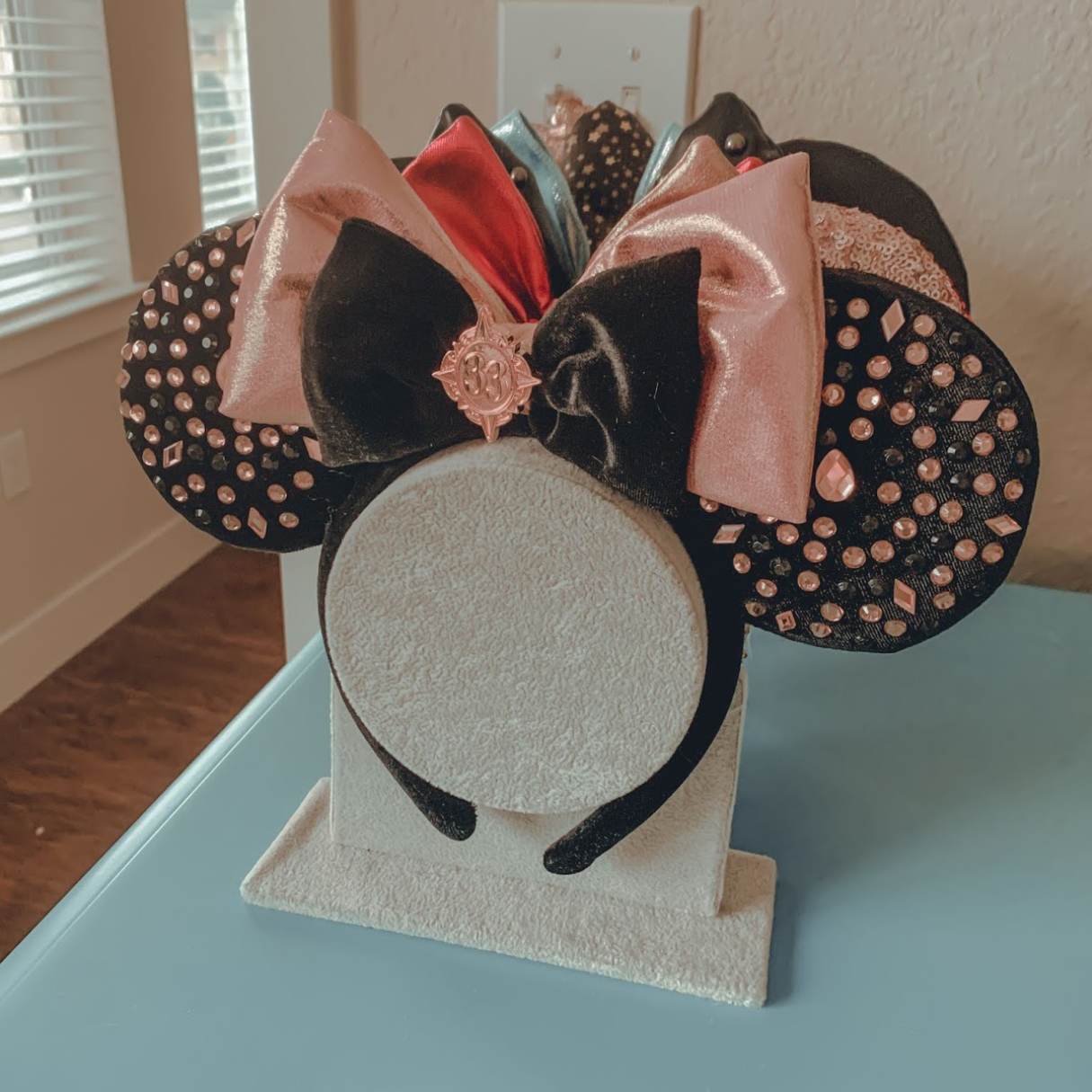
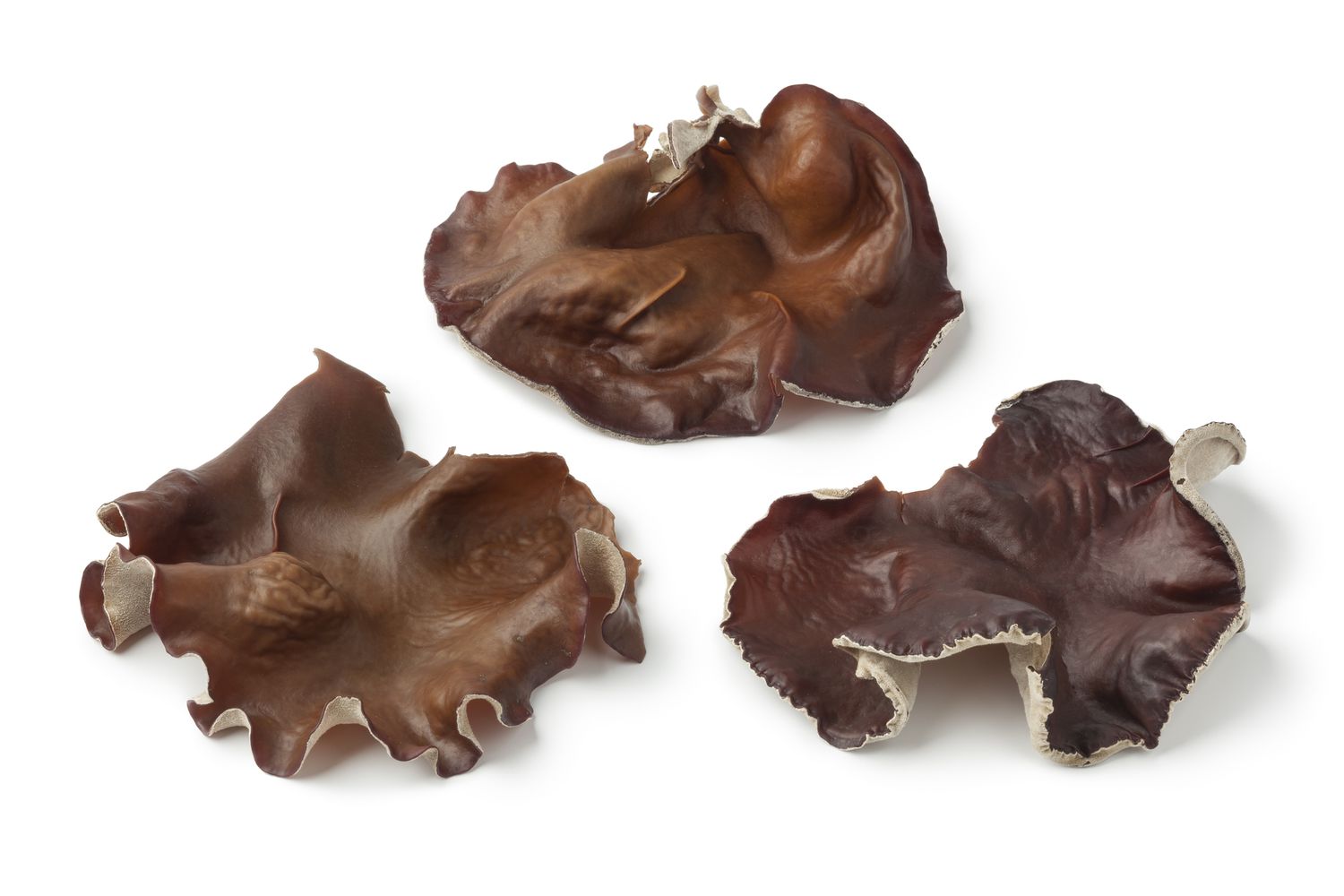



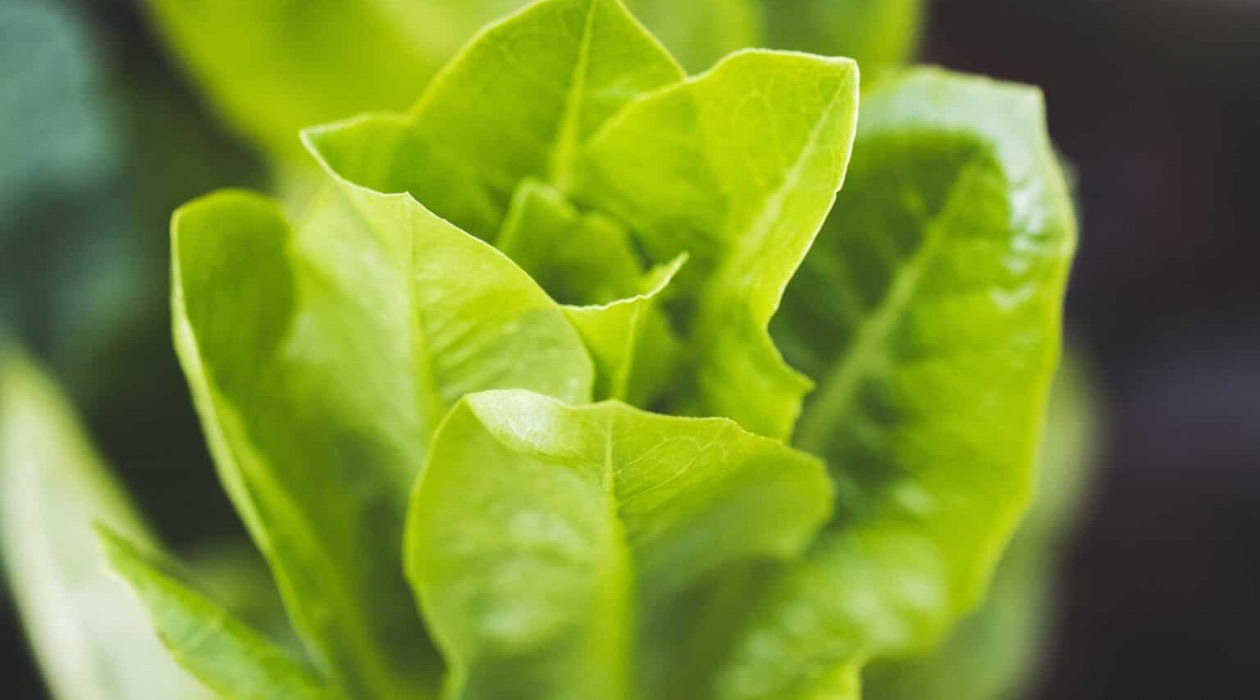
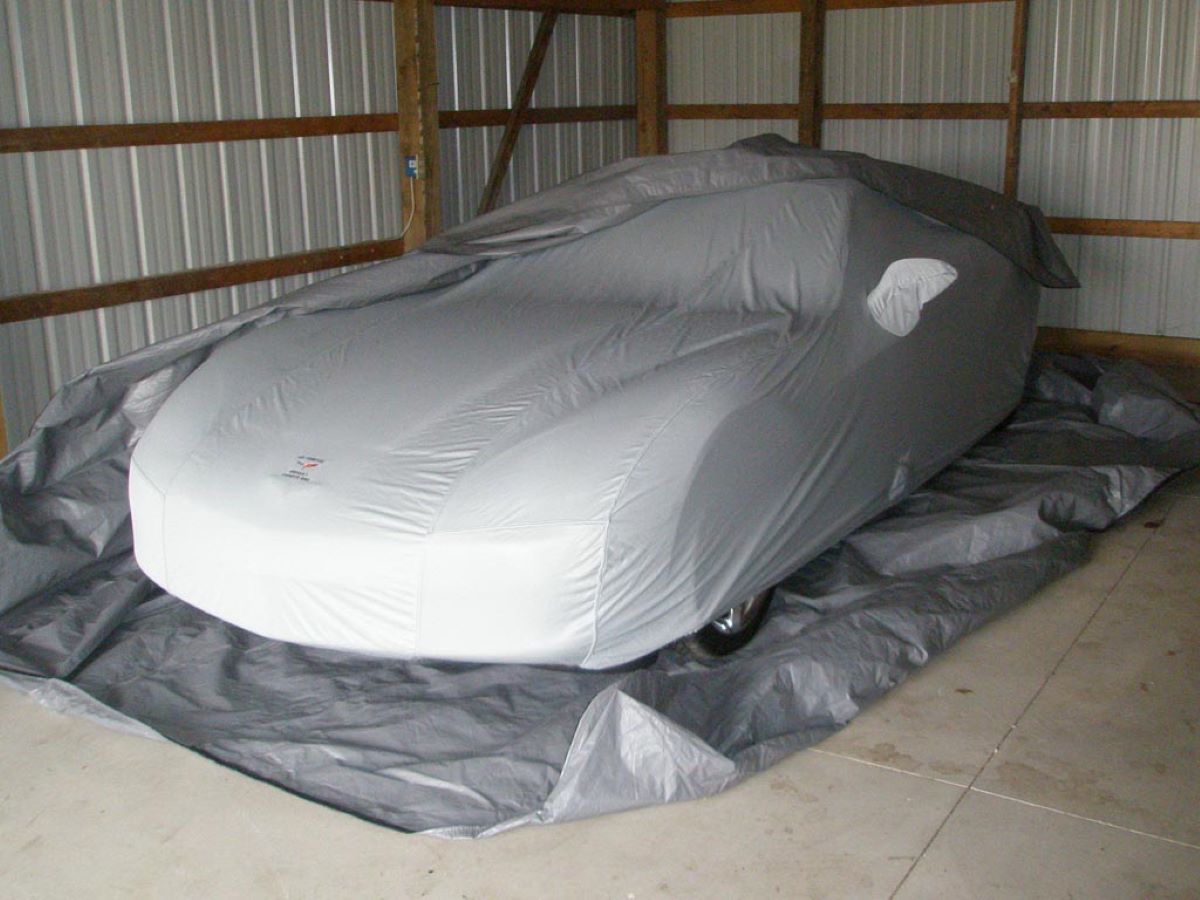
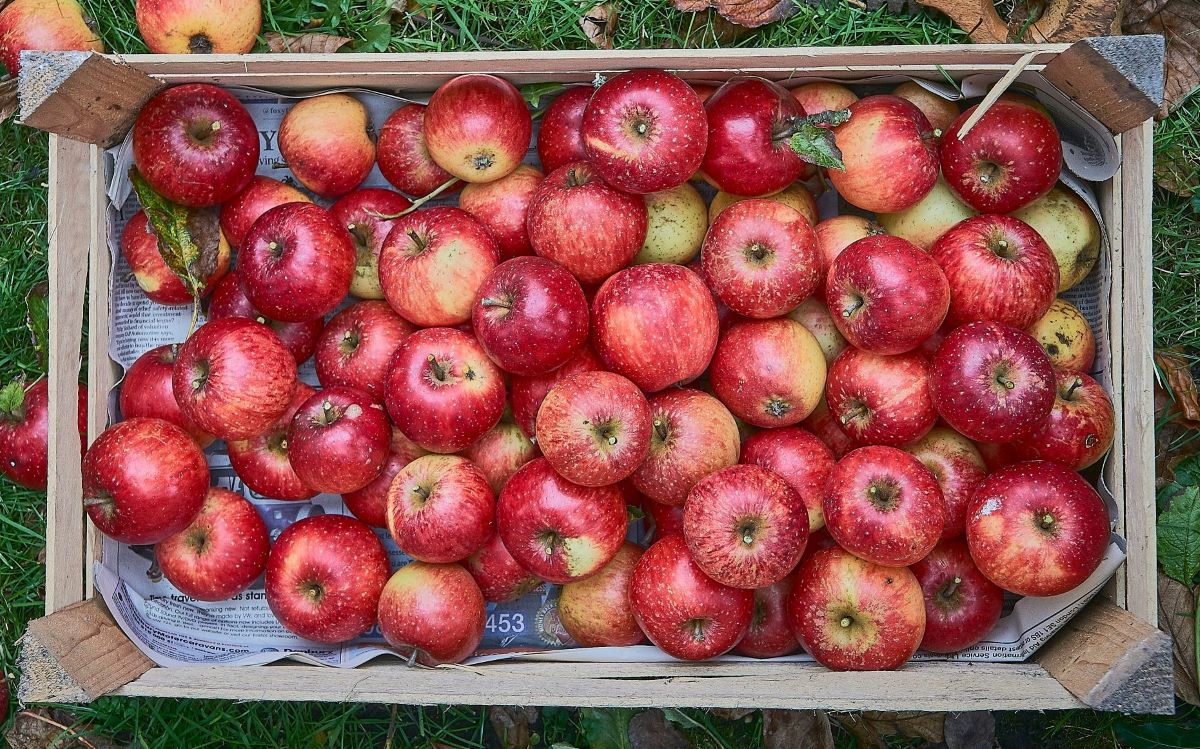
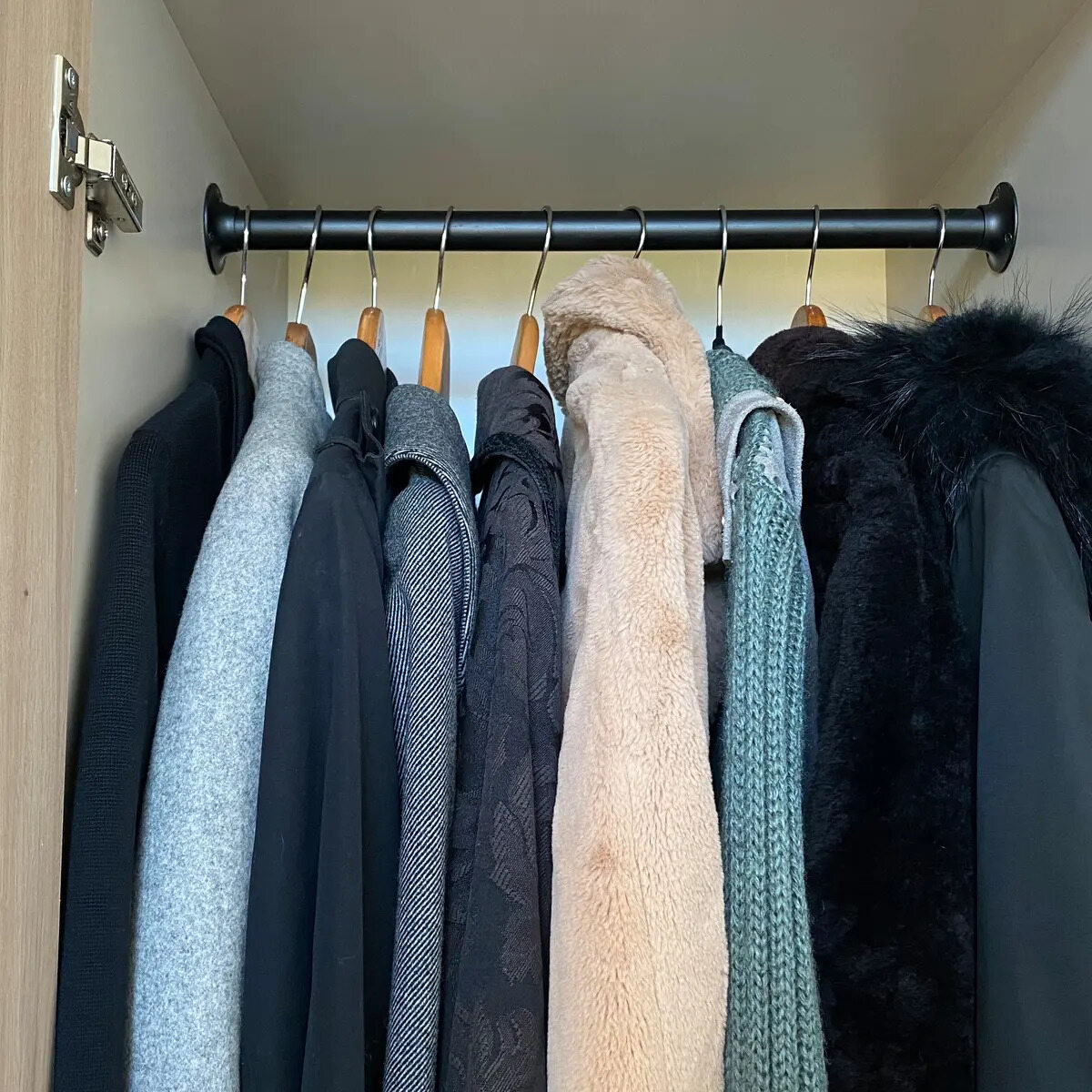

0 thoughts on “How To Store Elephant Ear Bulbs For Winter”